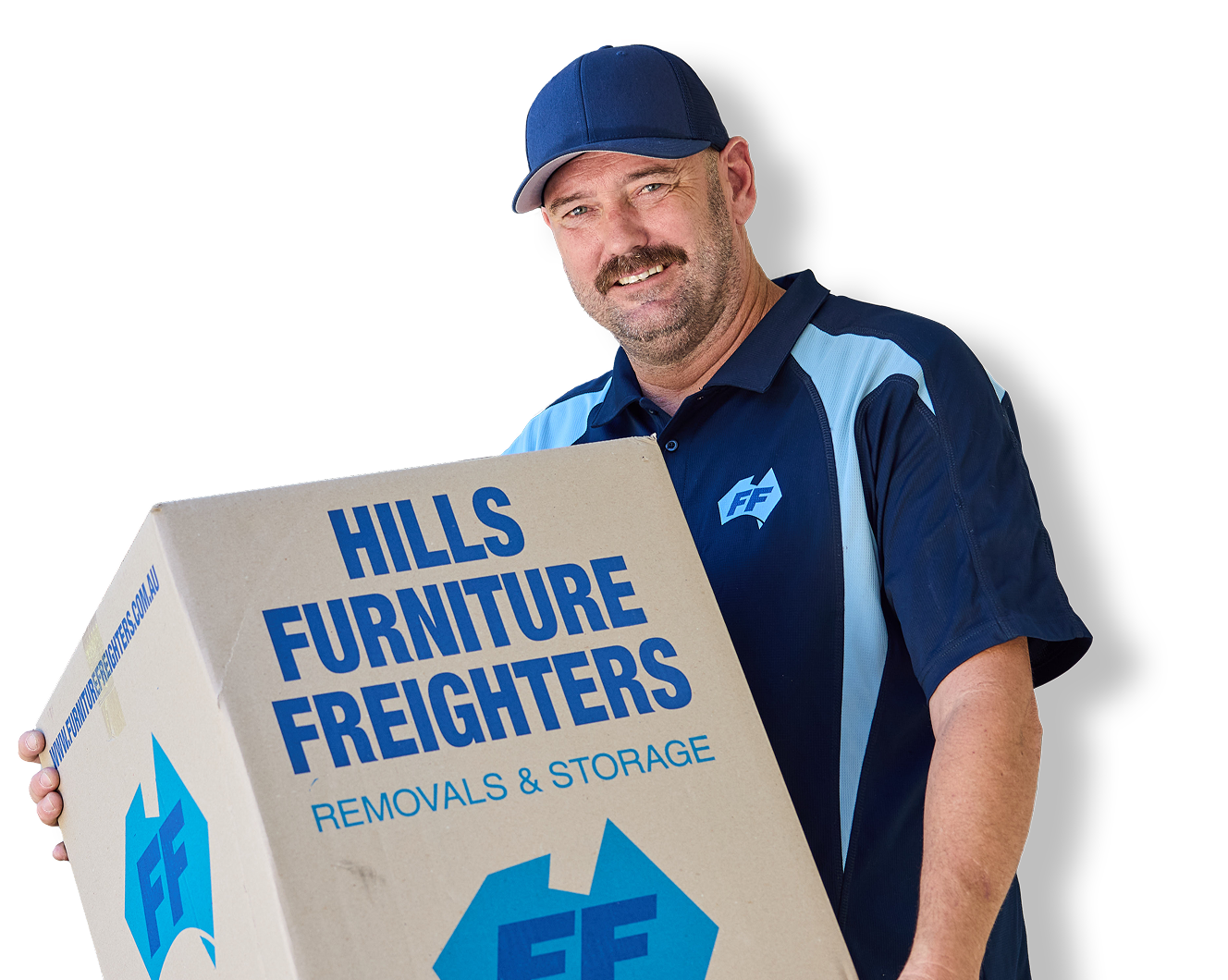
Packing is where most moves go wrong. Things get broken. Boxes go missing. The process drags out longer than expected—and by the end of moving day, everyone’s too exhausted to unpack.
At Furniture Freighters, we’ve seen the difference professional packing can make. Whether you’re doing it yourself or using our packing services, these expert tips will help you work smarter, protect your belongings, and reduce the chaos.
Start with the Right Supplies
Cheap boxes and thin tape are the fastest way to a frustrating move. Invest in high-quality, double-walled moving boxes, strong packing tape, bubble wrap, and wrapping paper (avoid newspaper—it leaves marks). You’ll also need a permanent marker and coloured labels or stickers for fast identification.
Top tip: Use medium-sized boxes for most things. Large boxes are harder to carry and often overfilled.
Declutter Before You Pack
Packing things you don’t need is wasted time and money. Use this opportunity to reassess what you want to bring into your new home. Create piles for donating, selling, tossing, and keeping. Be ruthless—you’ll thank yourself later.
Room-by-Room Strategy
Avoid jumping between rooms. It slows you down and creates confusion when it’s time to unpack. Tackle one room at a time, fully completing it before moving on.
Label each box clearly with:
- The room it belongs to
- A basic description of contents
- Priority level (e.g. open first, storage, fragile)
Packing the Kitchen
This is the most time-consuming room to pack, so allow extra time.
- Plates: Wrap individually and stack vertically like records.
- Glasses and mugs: Use bubble wrap or packing paper. Fill hollow spaces (e.g. inside glasses) with scrunched paper.
- Small appliances: Pack in their original boxes if possible. If not, wrap well and cushion in a box with towels or linen.
Don’t pack perishable food—it won’t survive the move.
Packing the Bedroom
- Clothing: Use wardrobe cartons for hanging clothes. Folded clothes can go into suitcases, vacuum bags, or sturdy boxes.
- Bedding: Use clean garbage bags or large boxes. Label them clearly so you can make beds right away.
- Jewellery and valuables: Transport these yourself in a secure bag or lockbox.
Packing the Bathroom
- Essentials box: Create a box with your daily toiletries to keep with you.
- Liquids: Seal the lids with tape and put in plastic bags to prevent leaks.
- Towels and soft items: Great for cushioning fragile items in other boxes.
Packing the Living Room
- Books: Use small boxes. They get heavy fast.
- TVs and electronics: Use original boxes if possible. If not, wrap screens in blankets and mark the box clearly.
- Cords and remotes: Tape them to the device or place in labelled ziplock bags.
Packing the Garage & Outdoor Items
- Tools: Wrap sharp edges and bundle long-handled tools together.
- Paint and chemicals: Check if your removalist will carry these—some items may be restricted.
- BBQs and outdoor furniture: Clean in advance. Secure any loose parts.
Don’t Forget to Pack a “First Night” Box
Include:
- Bed linen and pillows
- Basic kitchenware (plate, mug, cutlery)
- Towels and toiletries
- Chargers and power boards
- Any medication or kids’ essentials
- Toilet paper and cleaning products
This saves digging through 15 boxes on your first night.
Bonus: Common Packing Mistakes to Avoid
- Overfilling boxes: Makes them more likely to split or become unliftable.
- Leaving empty space: Increases the risk of movement and damage.
- Poor labelling: Slows down unloading and unpacking dramatically.
Packing last-minute: Increases stress and the likelihood of things being forgotten or broken.
